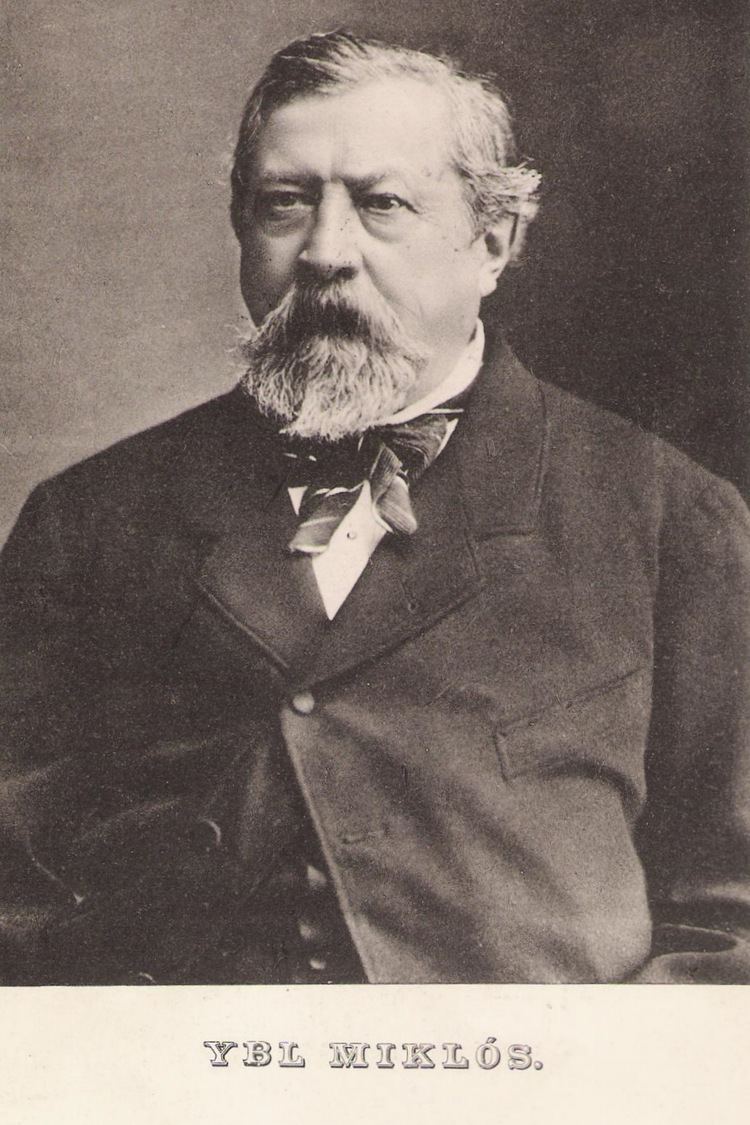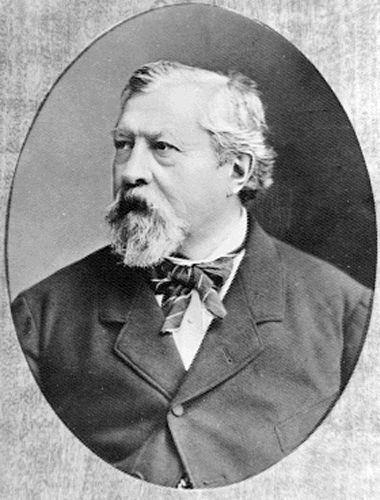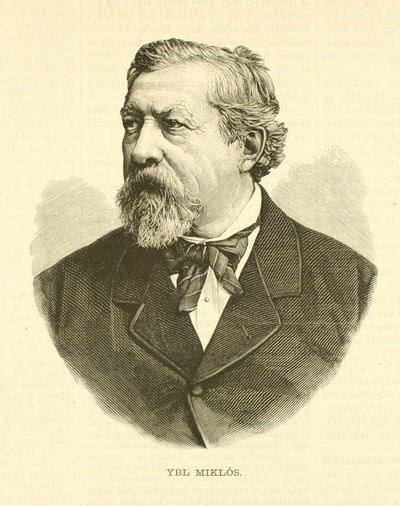Name Miklos Ybl | Role Architect | |
 | ||
Similar People Jozsef Hild, Stephen I of Hungary, Karoly Lotz, Lajos Kossuth, Istvan Szechenyi | ||
Miklós Ybl (Hungarian: Ybl Miklós; April 6, 1814 in Székesfehérvár – January 22, 1891 in Budapest) was one of Europe's leading architects in the mid to late nineteenth century as well as Hungary's most influential architect during his career. His most well-known work is the Hungarian State Opera House in Budapest (1875–84).

After graduating from the Institute of Technology (the Politechnikum) in Vienna, Ybl became Mihály Pollack's assistant in 1832 and worked in Henrik Koth's office between 1836 and 1840. Following this, he moved to Munich and then to Italy to study. After his return, he entered into partnership with the son of Mihály Pollack, Ágoston; together they refurbished the Ikervár castle of Count Lajos Batthyány. His first main work was the church in Fót, built between 1845 and 1855.

His early, large projects were built in Romantic style, influenced by eastern motifs. Although Romanesque shapes also occur in his later buildings, after his second study tour to Italy from 1860 he became interested in the possibility of the revitalisation of the Italian Renaissance style, and designed several neo-Renaissance buildings. Many of his buildings became, and indeed are still today, determinant elements of the cityscape of Budapest: Saint Stephen's Basilica (1867–91), the Rác Baths, the former Palace of Customs, (1871–74), and the throne room and Krisztinaváros wing of the Royal Palace. He also built countless churches, apartments and castles in the provinces.

The annual architectural prize founded in 1953 was named after him in his honor.
Major works




